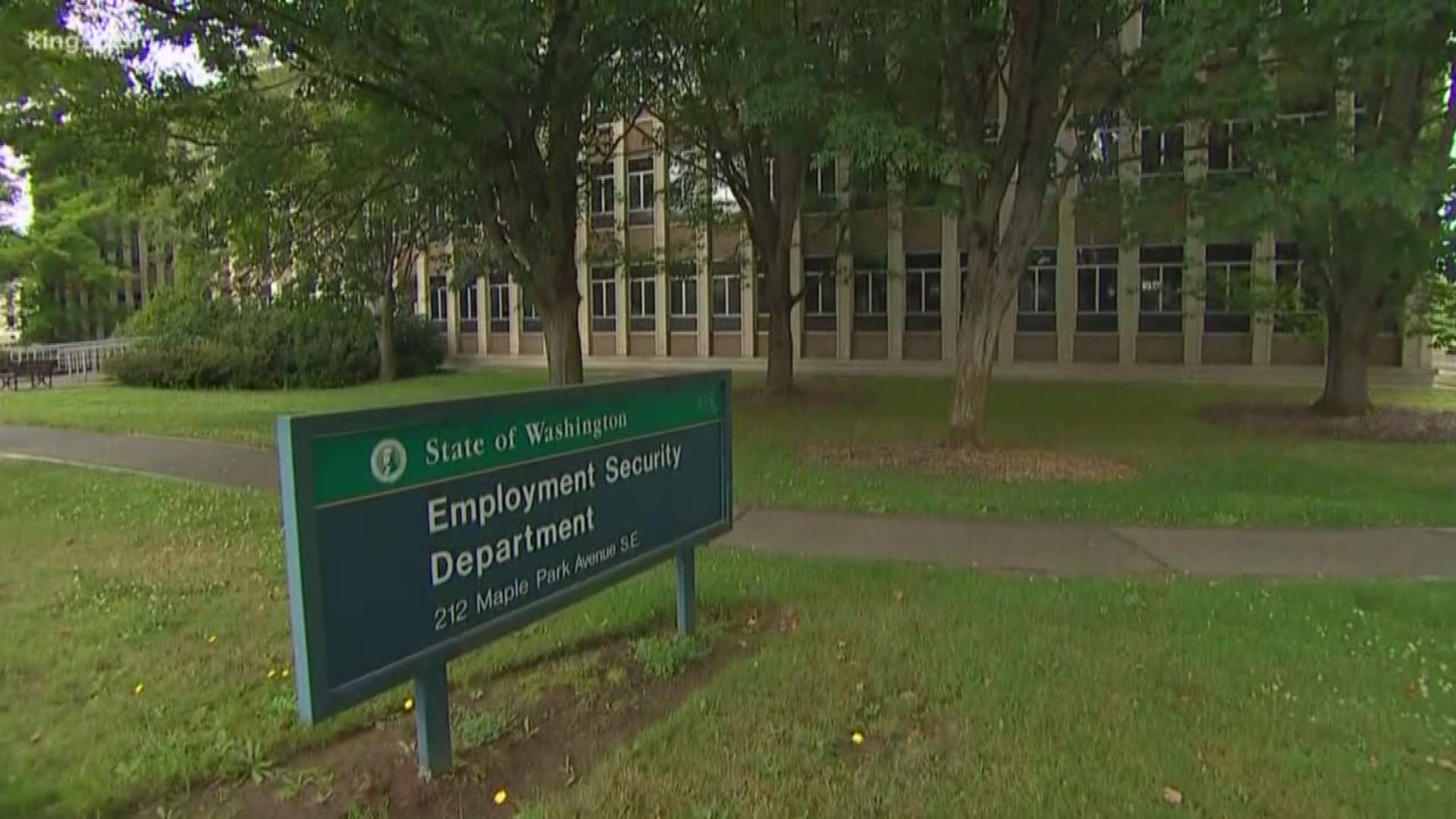Right-to-work was the topic of the day in Olympia. The Senate Commerce, Labor & Sports Committee today heard testimony on SB 5692, which would make Washington a right-to-work state.
The issue of whether workers should have a choice in whether a union represents them and whether they must pay the union for that representation (even if they don’t want it) is timely given Missouri this week became the 28th state to pass a right-to-work law. Since 2012, Indiana, Michigan, Wisconsin and West Virginia have become right-to-work states. Last month, Kentucky joined the right-to-right movement by enacting a right-to-work law.
Elected officials in Missouri and Kentucky said their state’s new law was designed to send a message to employers around the country that those states are “open for business.”
Perhaps smarting over their recent defeats in Kentucky and Missouri, unions outraged over the mere discussion of right-to-work in Washington bussed in hundreds of workers (last count was around 700) to march the halls and vocalize their opposition to the hearing on SB 5692, chanting “shut it down.” Clearly the idea of public discourse and the free exchange of ideas is an anathema to unions (of course, only if the union opposes those ideas).
During my testimony, I referenced the numerous studies showing states with right-to-work laws attract more new business than non right-to-work states. Professional site consultants say a RTW law is one of the most important factors companies consider when deciding where to build major facilities—half of manufacturers automatically screen out any non-RTW state.
In fact, as a group, right-to-work states have enjoyed more rapid employment growth, better job preservation and faster recoveries from recession than forced unionism states.
And contrary to the “right-to-work-for-less” testimony offered by several union officials during the hearing, when the cost of living is factored in, workers in right-to-work states do not earn less than their counterparts in forced unionism states.
Workers’ average wages in many right-to-states are lower, but that is because those states boast some of the lowest cost of living in the country. In fact, of the top 30 states with the lowest cost of living, 26 are right-to-work. That means workers can earn less and still enjoy a higher standard of living than in states where the cost of living is higher.
When a comparison based on the cost of living is made, workers in right-to-work states as a group boast higher real disposable incomes than workers in non right-to-work states.
I was heckled by union members for explaining this fact during my testimony. Senator Karen Keiser even declared I was offering “alternative facts.” I’m not sure what that means, but I think it means I was being accused of making them up.
Speaking of making things up, another inaccuracy was referenced multiple times in the committee; that right-to-work states have higher poverty rates than forced unionism states. Senator Keiser made this point on multiple occasions.
Once again, the reality is different. When the cost of living and government benefits programs are factored in (known as the Supplemental Poverty Measure), right-to-work states have lower average poverty levels than non right-to-work states.
According to the U.S. Census Bureau, between 2013-2015, 15.1% of all Americans were in poverty. During these years, the average poverty rate for states with right-to-work laws in effect during those three years was below the national average at 14.9%, while forced unionism states were above the national average at 15.4%.
So workers in right-to-work states have higher real disposable income and lower poverty rates than forced unionism states, once you account for the cost of living and other regional differences of each state. Right-to-work states also have lower unemployment rates. Those facts clearly don't fit with the false narrative being pushed by organized labor and Senator Karen Keiser.
As John Adams said, facts are stubborn things.





